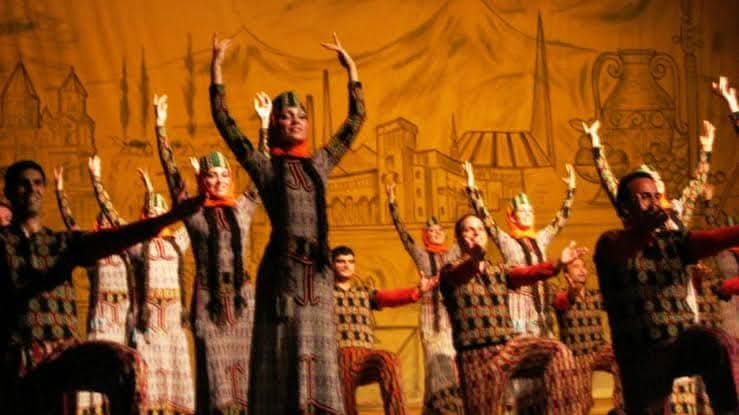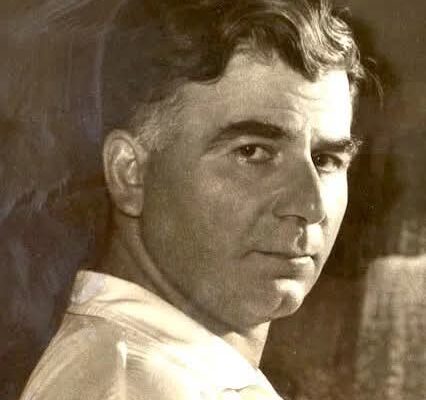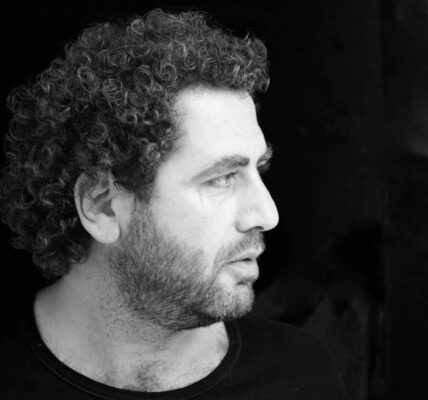Ancient religious rituals in which professional gusans (troubadours) were hired to sing lengthy verses praising the nobleman’s ancestors gave rise to the Armenian Theatre in Ancient Greece. Both katakagusan (comedians) and voghbergus (lamentation or tragedy singers) performed at festive ceremonies
Greek tragedies, orations, and historical commentaries by Tigran’s son Artavazd II were written in the first century A.D. and survived until that time. The second permanent public theater in Armenia was built by Artavazd in the previous capital, Artashat. There were frequent productions of Menander’s comedies and Euripides’ tragedies. He is widely regarded as Armenia’s first playwright and director of Classical Armenian Theater. There was a 53 B.C. performance of the Euripides play The Bacchae, according to Plutarch
Numerous statues of actors and animal and bird masks were discovered during archaeological digs at the Kaitzun Bert fort in Lori, confirming the historical accounts
Playwrights Derenik Demirchian (1877-1956) and Alexander Shirvanzade (1858-1935) were already well-known in Armenia before the Communist takeover. They remained in Armenia for the rest of their lives, where they carried on producing art. In the same era as Levon Shant, Demirchyan was a prolific novelist, poet, and playwright
His most well-known play, Nazar the Brave (Kaj Nazar, 1923), which satirizes bourgeois morality, has been successfully adapted to the big screen. Like his contemporaries, Alexander Shirvanzade wrote in a variety of genres. His plays portray a society that is governed by greed, superstition, and hypocrisy while displaying a strong concern for truth and justice. Chaos, Namus, Evil Spirit, and For the Sake of Honor are some of his plays that are still frequently performed. The conflicting issues in the drama For the Sake of Honor are infused with his masterful use of realism
Many well-known actors from abroad, including those whose careers had flourished in Western Armenia, came to Yerevan shortly after the Sundukian Theatre attained notoriety to join its repertory. They made significant improvements to its repertory, which included plays translated from classical, European, and American plays as well as plays in Armenian. Its modern repertoire is diverse, with Armenian translations of world-renowned dramatists among its offerings
Petros Adamian and Vahram Papazian were actors whose accolades included superb interpretations of Shakespearean characters. Adamian specialized in playing Hamlet, which he did in Armenian on the stages of Russia and France. According to legend, Vahram Papazian performed Othello 3,000 times in French, Russian, and Armenian. Istanbul-born Papazian spent the second half of his life (1888–1968) in Soviet Armenia
When Siranush (1857–1922) performed as Hamlet in the Armenian Theatre in 1902, the “breeches” trend—actresses in male roles—entered the theater. She performed other Shakespearean roles as well as European and Armenian roles, but throughout her thirty-year reign on the Armenian stage, her portrayals of Hamlet were a recurrent part of her repertoire. She had the longest acting career of any Armenian actress on the national stage. In 1916, when Levon Shant’s The Emperor debuted on the Tiflis stage, she and Vahram Papazian performed in it. She and Papazian both portrayed Theophano and Ohan Gourgen




